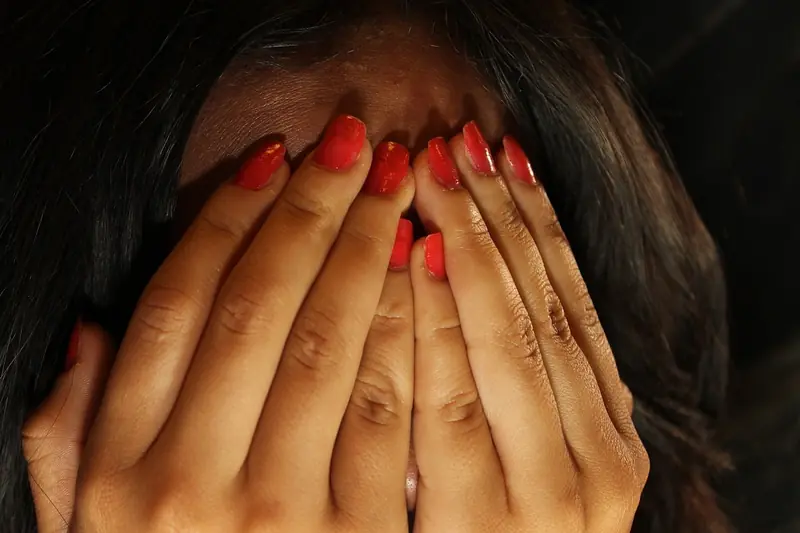
To uncover the neurobiological nature of blushing, a team of researchers from the University of Amsterdam enlisted 40 girls for their study. They invited boys to participate as well, but none were willing to take part in the experiment focused on blushing.
During this unusual study, the participants were asked to sing karaoke on camera. Among the challenging songs offered by the researchers were Mariah Carey’s “All I Want for Christmas Is You,” Adele’s “Hello,” and “Let It Go” from Disney’s animated film “Frozen.”
After the filming session, the researchers asked the girls to watch recordings of their own performances as well as those of others. While the participants reviewed and listened to the recordings, the scientists scanned their brains using functional magnetic resonance imaging (fMRI), which measures neuronal activity by tracking blood flow. The researchers also measured how much the temperature of the participants’ cheeks rose, which indicates the degree of blushing.
To heighten the awkwardness of the situation, the scientists informed the volunteers that strangers would be watching their singing recordings alongside them.
What the Researchers Discovered
The team found that the participants blushed more intensely when watching their own performances compared to those of others. The more a girl blushed, the higher the activity in her cerebellum. This part of the brain controls movement and coordination, but recent studies have shown that the cerebellum may also be involved in processing emotions. Specifically, the researchers observed high activation in the part of the cerebellum associated with emotional perception (excitement), as reported by Live Science.
Another area of the brain that reacted to the singing with blushing was engaged in the early stages of visual processing. According to the researchers, this suggests that blushing correlates not only with emotional processing but also with brain circuits related to external attention toward the individual. In fact, the participants blushed more when watching their own videos than when viewing those of others.
On the other hand, the team found no connection between blushing and the activation of so-called higher brain areas involved in complex cognitive tasks, such as understanding oneself and others.
“Based on this, we concluded that reflecting on the thoughts of others may not be a necessary condition for blushing to occur,” said the lead author of the study, Milica Nikolic, an assistant professor in the Department of Developmental Psychopathology at the University of Amsterdam. “Blushing may be part of an automatic arousal that you experience when you are exposed to something that relates to you,” the scientist explained.
Ultimately, the researchers noted that blushing is likely a spontaneous emotional arousal rather than a reaction to deep self-analysis or personal reflections on how one is perceived by others.
The team acknowledged several limitations of their study. For instance, the scientists assessed blushing solely by measuring changes in cheek temperature. However, using additional indicators, such as measuring blood flow in the face, could provide more detailed information about this process.
Moving forward, the team aims to study blushing in various scenarios and across different cohorts. One potential direction is to determine whether the same results can be replicated in younger children who have not yet developed complex cognitive skills.
According to the researchers, a deeper understanding of how blushing occurs may also shed light on why some individuals with anxiety disorders develop a fear of blushing. “When we understand the mechanisms of blushing, we can more effectively combat the fear of blushing,” Milica Nikolic stated.
The results of the study were published in the journal Proceedings of the Royal Society B.
